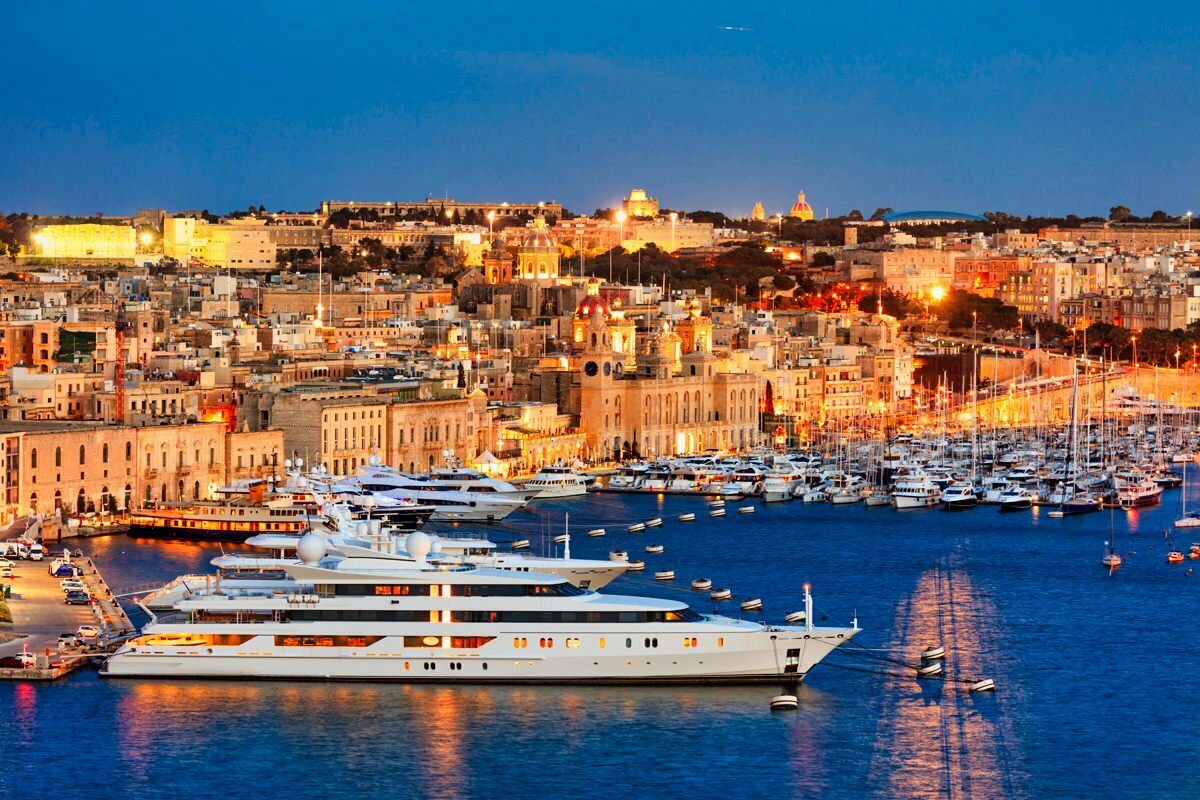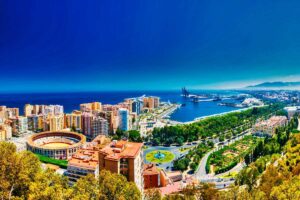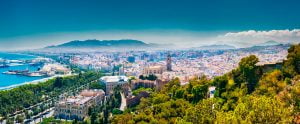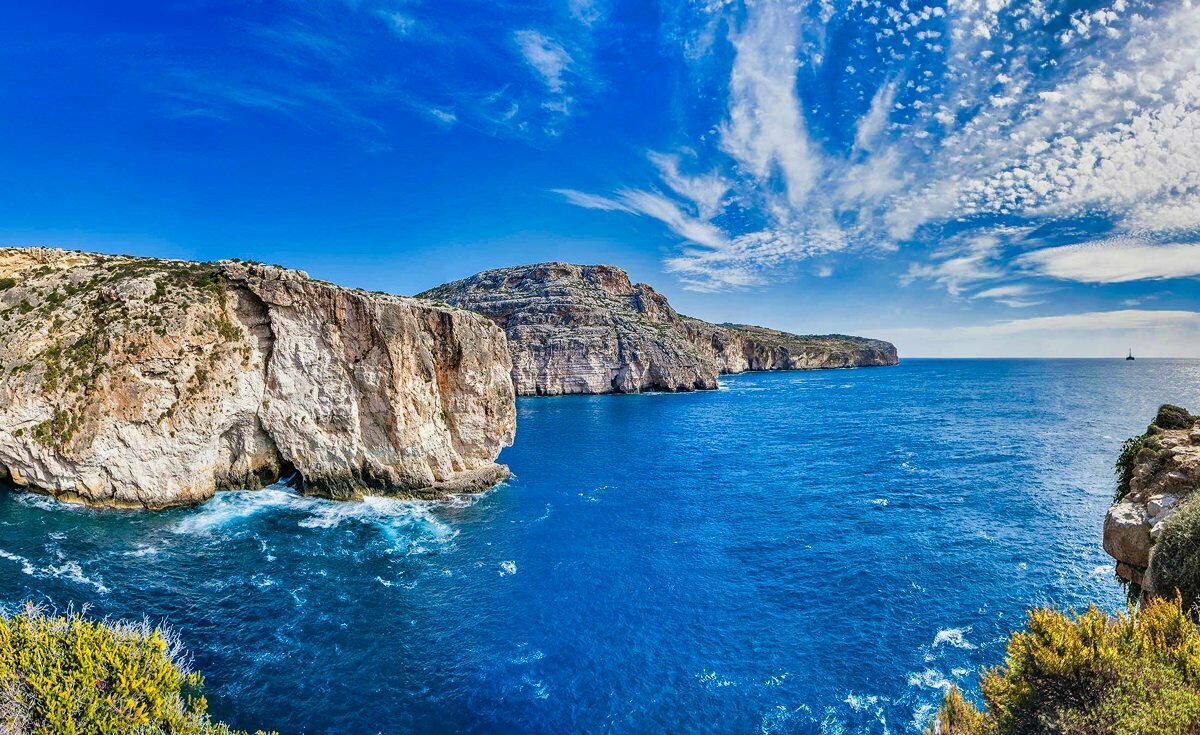Chapters
I. Introduction
Valletta, Malta is a historic and beautiful city that attracts visitors from all over the world. As the capital of Malta, Valletta is home to some of the country’s most important landmarks and attractions, including stunning churches, palaces, museums, and gardens. In this guide, we’ll take a closer look at Valletta’s top attractions and provide you with all the information you need to plan your visit.
II. Top Attractions in Valletta, Malta
A. St. John’s Co-Cathedral
St. John’s Co-Cathedral is one of the most beautiful and important religious buildings in Malta. Built by the Knights of St. John in the 16th century, the cathedral is known for its stunning Baroque architecture, intricate marble floors, and elaborate interior decorations. Visitors can admire the beautiful artwork and sculptures, including works by Caravaggio, and learn about the cathedral’s history and significance to Malta. Admission fees are €10 for adults, and visiting hours are from 9:30am to 4:30pm.
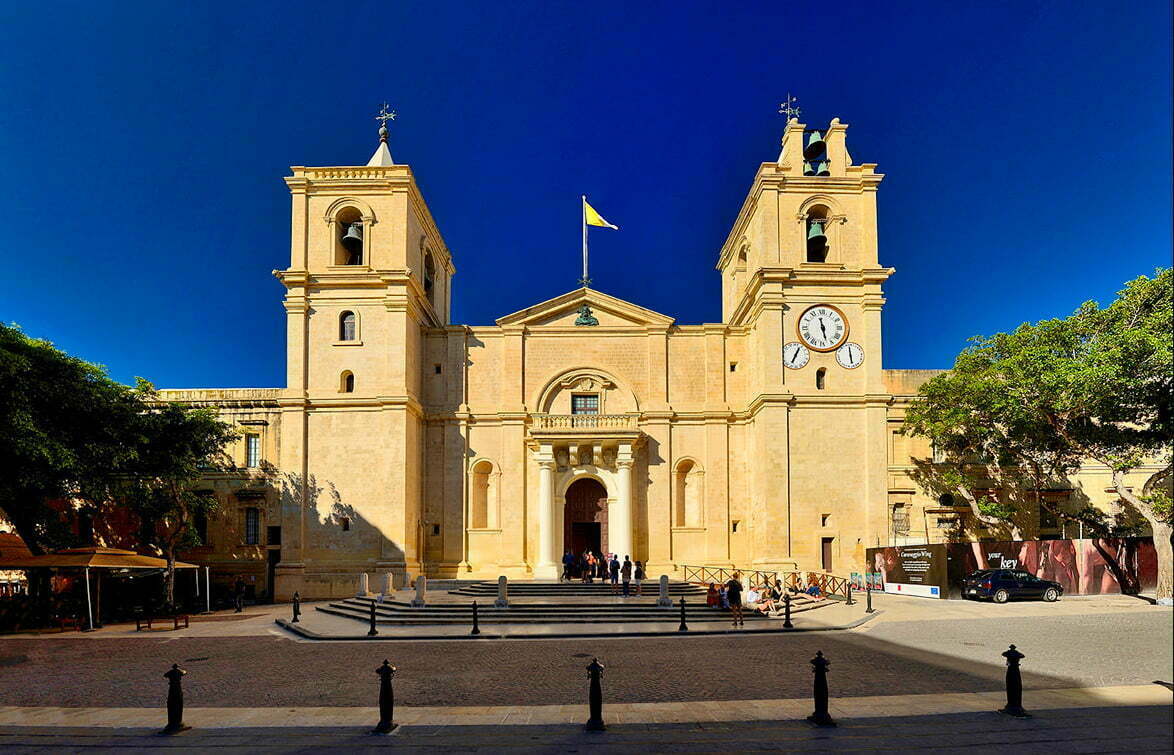
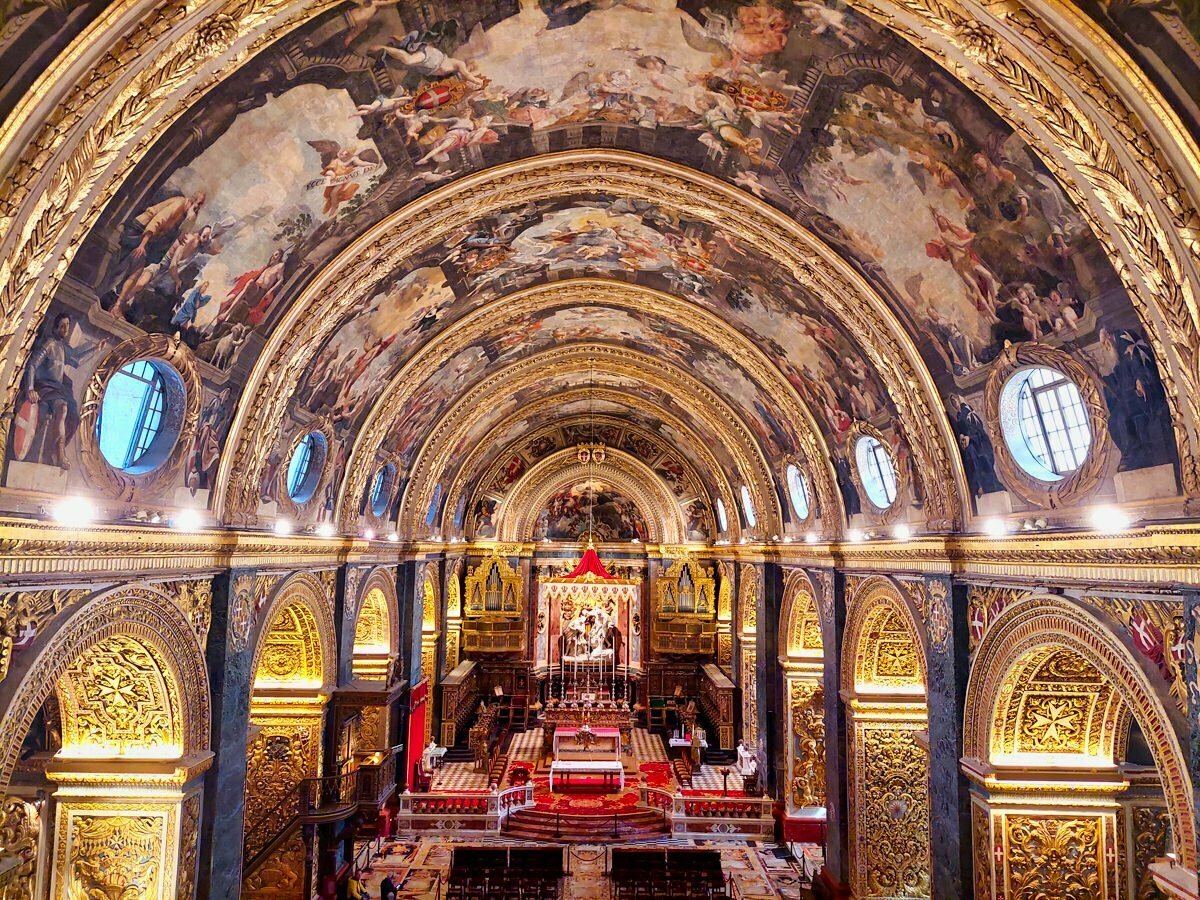
B. Upper Barrakka Gardens
Located in the heart of Valletta, the Upper Barrakka Gardens offer visitors stunning views of the Grand Harbour and the Three Cities. The gardens were originally created in the 17th century as a place for knights to relax, and today they are a popular spot for tourists and locals alike. Visitors can enjoy the beautifully manicured gardens, the traditional noon cannon firing, and the panoramic views of the harbor. Admission to the gardens is free, and they are open daily from 7am to 8pm.
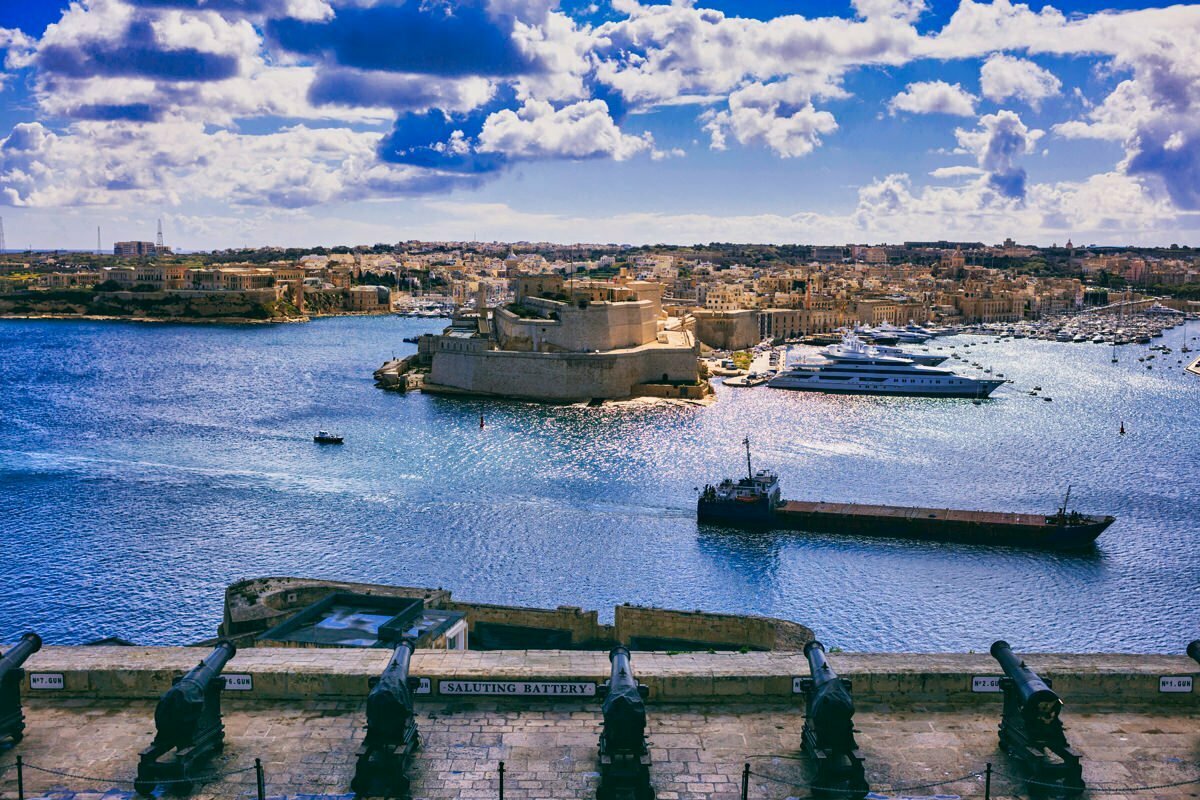

C. Grand Master’s Palace
The Grand Master’s Palace is a stunning building that was once the residence of the Grand Master of the Knights of St. John. Today, the palace serves as the office of the President of Malta and is open to the public for tours. Visitors can explore the palace’s beautiful halls and rooms, including the Throne Room and the Armoury. Admission fees are €10 for adults, and visiting hours are from 9am to 4:30pm.
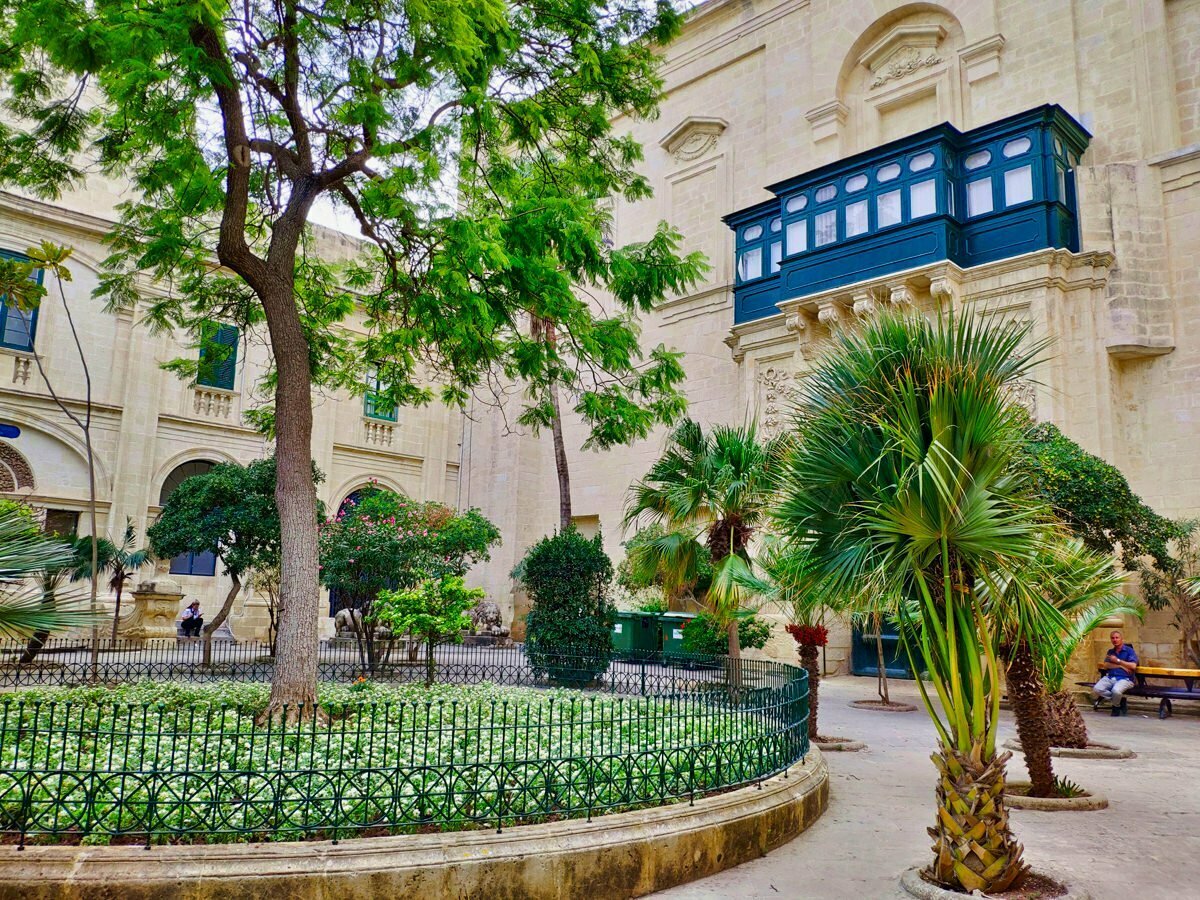
D. National Museum of Archaeology
The National Museum of Archaeology is a must-visit attraction for history buffs and anyone interested in Malta’s rich cultural heritage. The museum’s exhibits cover Malta’s prehistoric period, including the famous Hypogeum of Hal Saflieni, as well as the Phoenician, Roman, and Byzantine periods. Notable artifacts include the “Sleeping Lady” and the “Venus of Malta.” Admission fees are €5 for adults, and visiting hours are from 9am to 5pm.

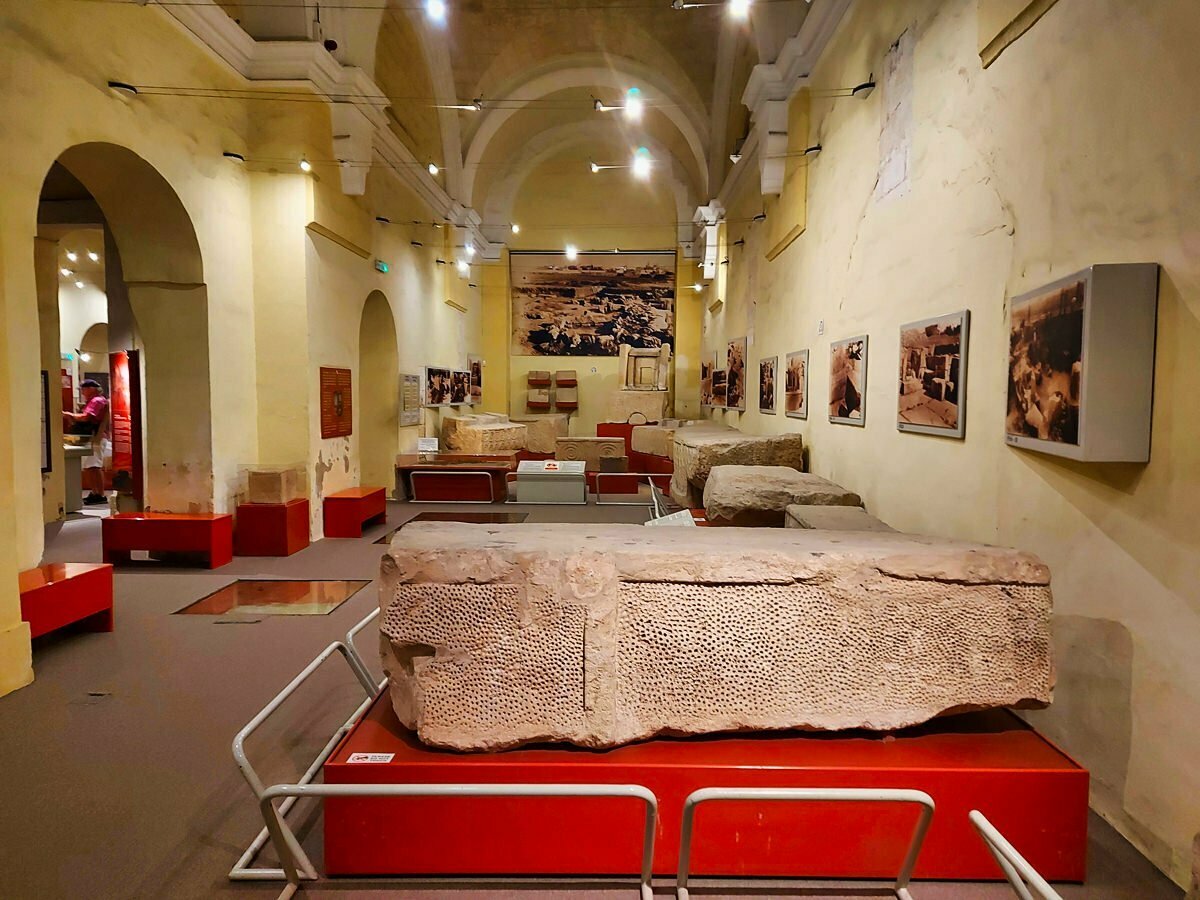
E. Casa Rocca Piccola
Casa Rocca Piccola is a beautiful 16th-century palace that has been home to the noble de Piro family for over 400 years. Visitors can take a guided tour of the palace and learn about its history and the lives of its former inhabitants. Notable features include the beautiful frescoes, the chapel, and the underground tunnels. Guided tours are available from Monday to Saturday, and admission fees are €12 for adults.
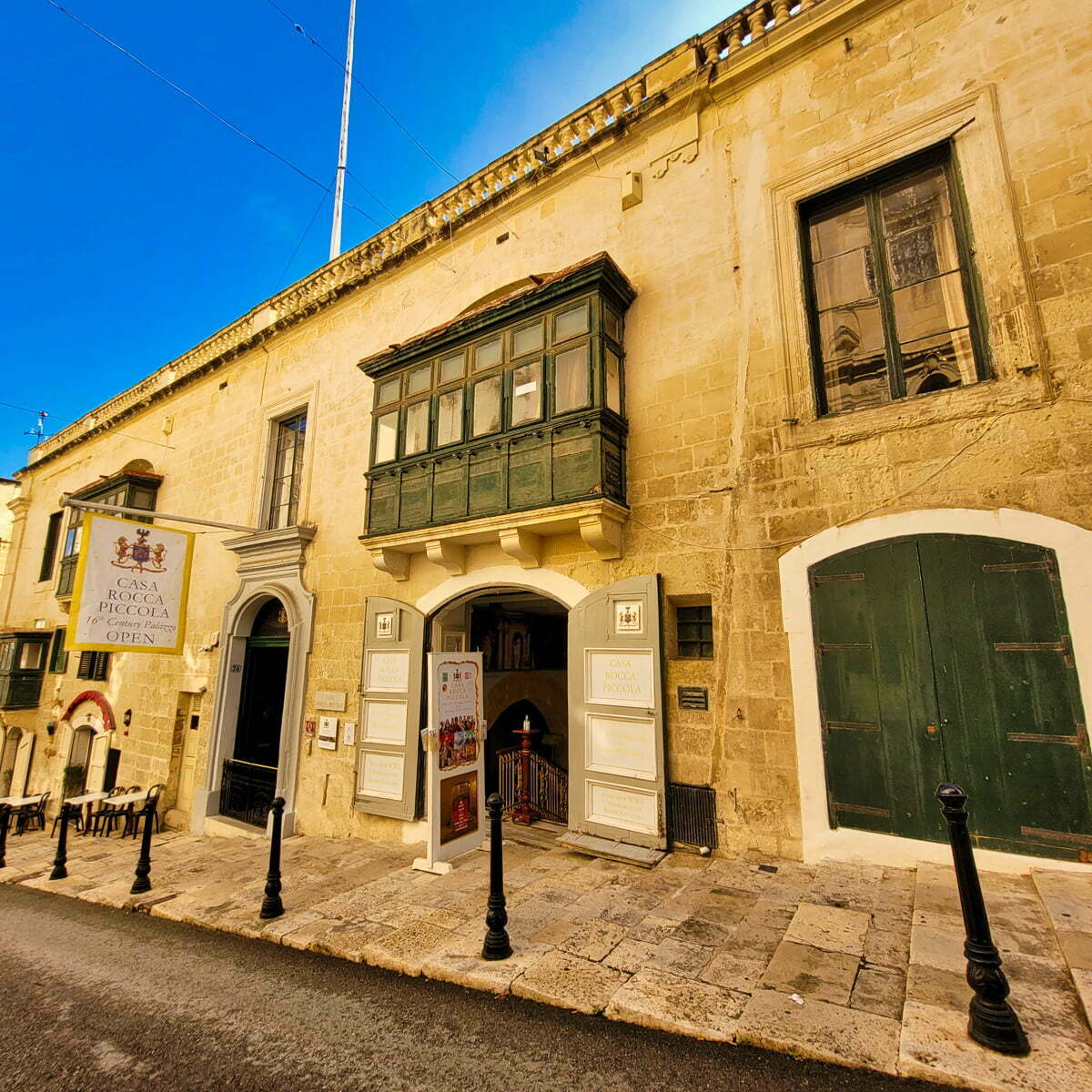
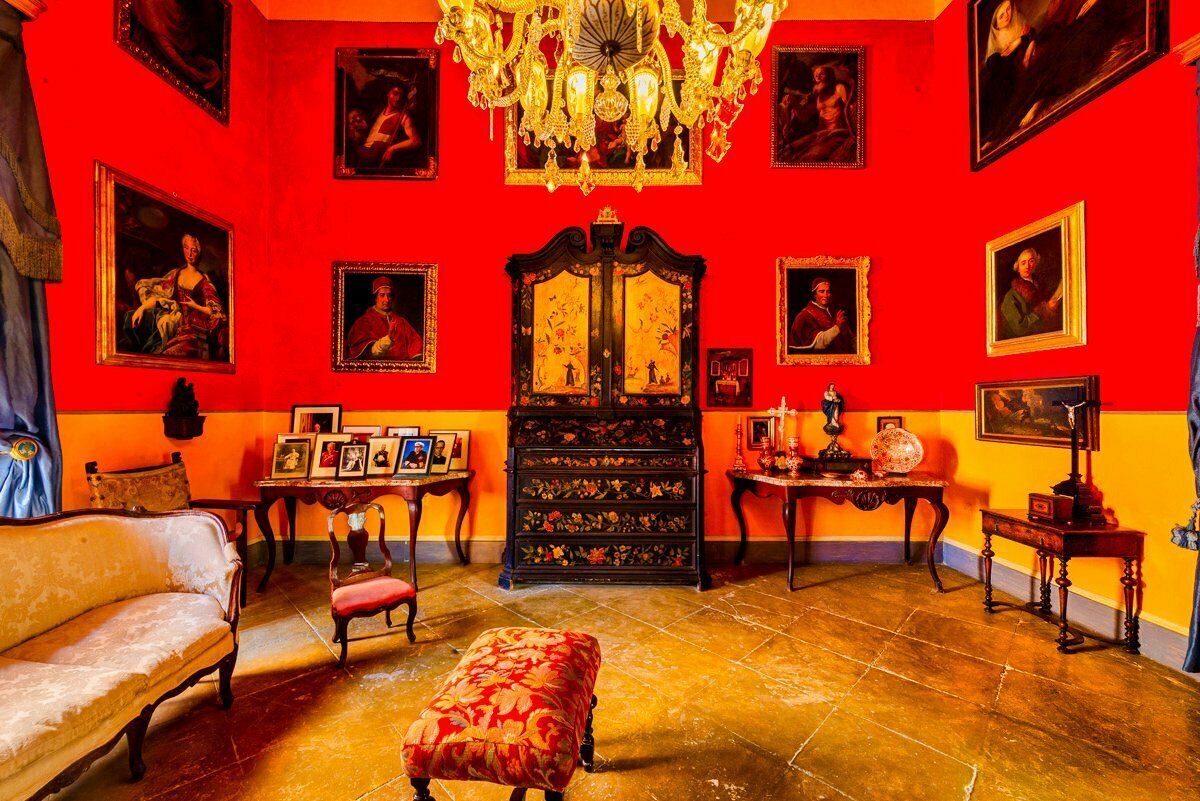
F. Lascaris War Rooms
The Lascaris War Rooms are a fascinating underground complex that served as the headquarters for the British military during World War II. Visitors can explore the rooms and learn about the key role that Malta played in the war. Notable features include the command center, the map room, and the communications room. Admission fees are €10 for adults, and visiting hours are from 10am to 5pm.
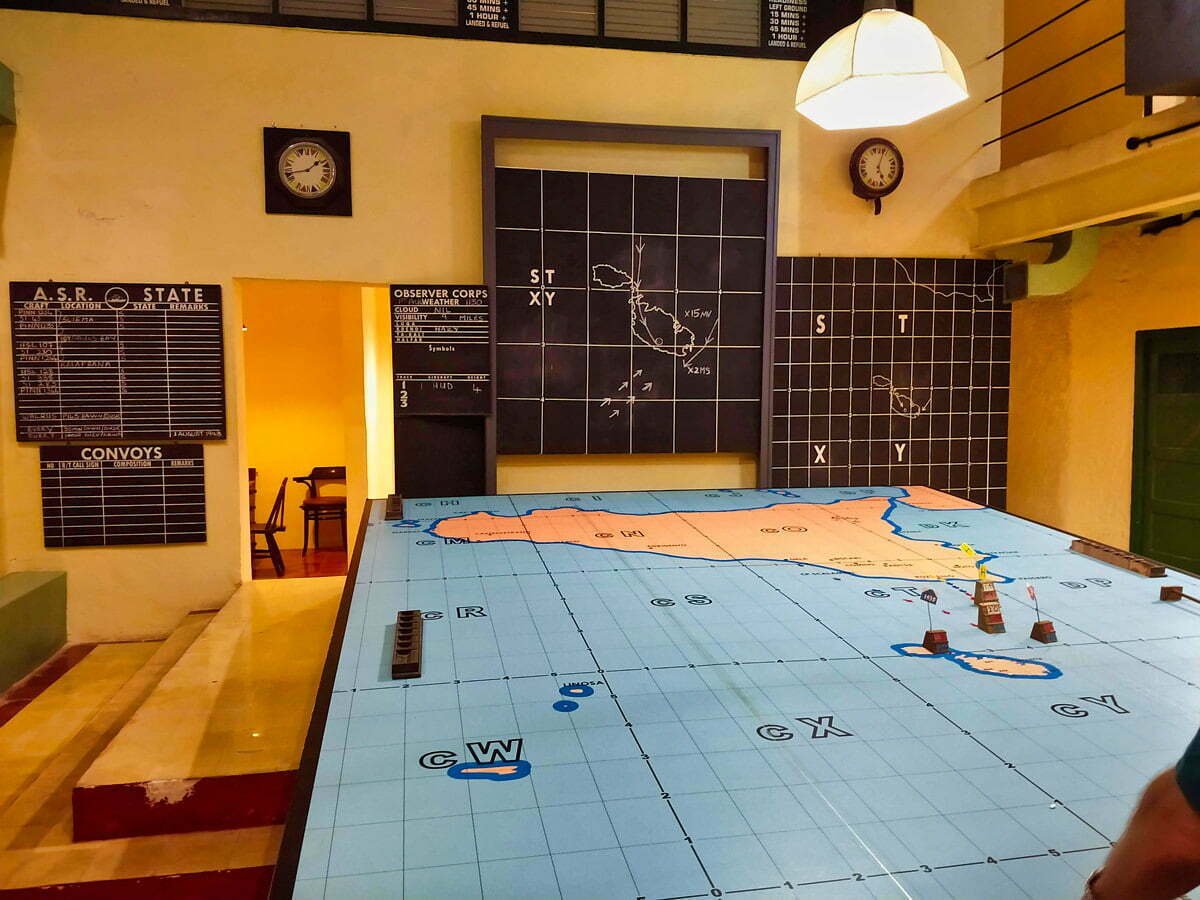
G. Fort St. Elmo
Fort St. Elmo is a massive fortress that was built in the 16th century by the Knights of St. John to defend Malta against the Ottoman Turks. Visitors can explore the fort and learn about its history and the battles that were fought there. Notable features include the beautiful chapel, the parade ground, and the panoramic views of the harbor. Admission fees are €10 for adults, and visiting hours are from 9am to 4:30pm.
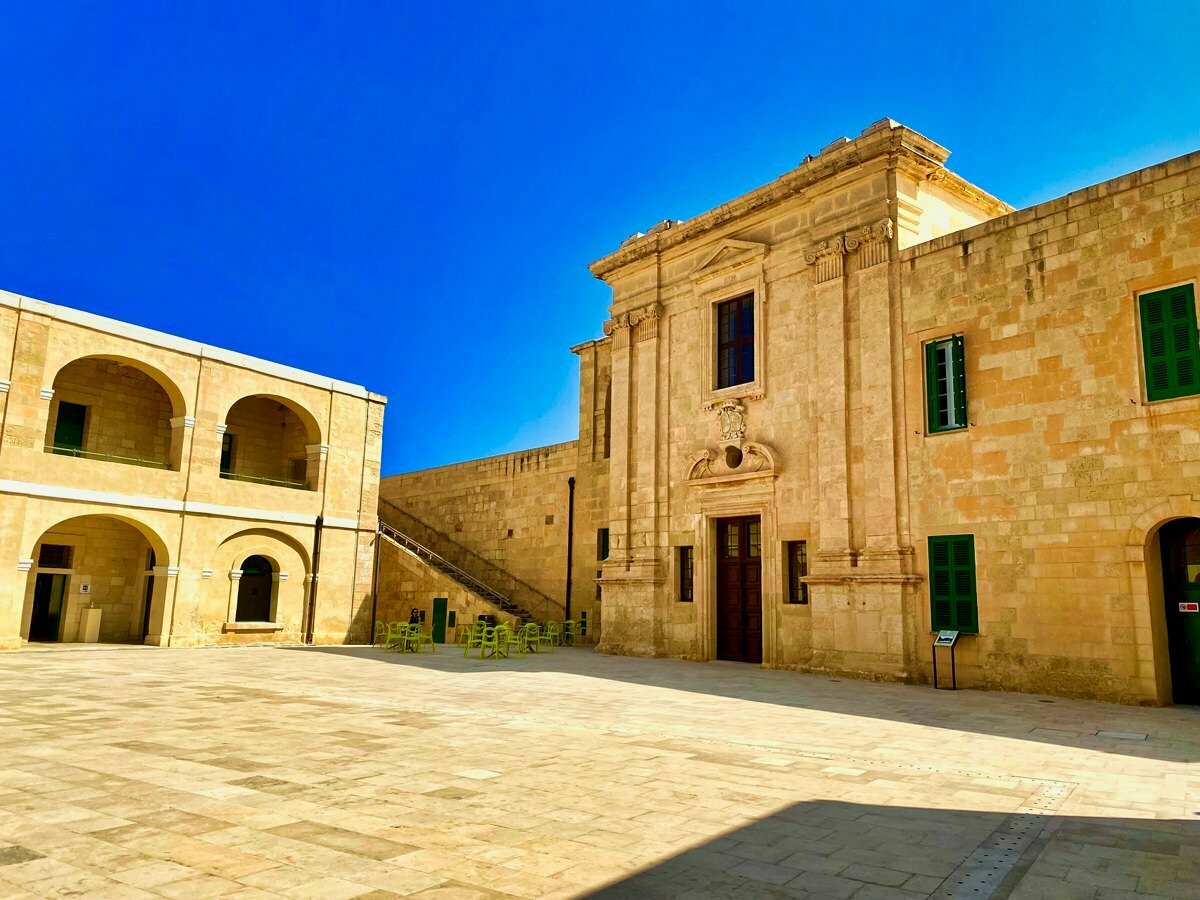
H. The Malta Experience
The Malta Experience is a multimedia show that provides an overview of Malta’s history and culture. The show uses special effects, sound, and images to bring Malta’s past to life. Visitors can also learn about Malta’s role in World War II and the country’s journey to independence. Admission fees are €12 for adults, and the show is available in several languages.
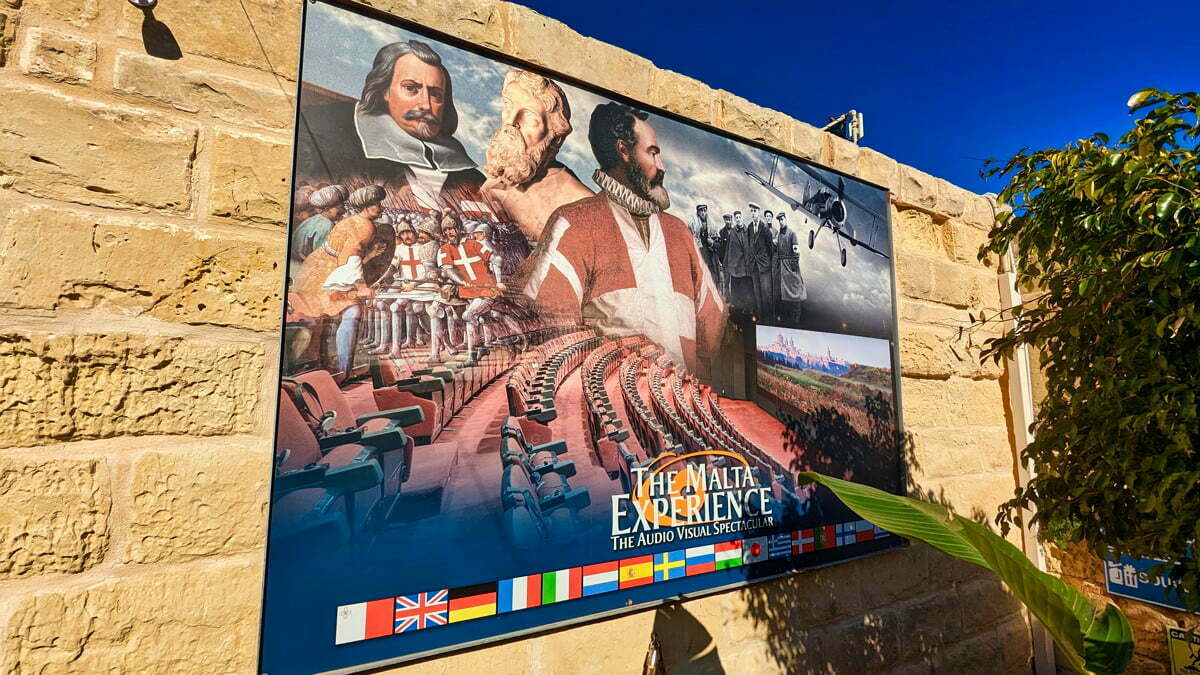
III. How to Get Around Valletta, Malta
Valletta is a small city that is easy to explore on foot. However, visitors who prefer to use public transportation can take the local buses or ferries to explore the rest of the island. The Malta Public Transport website provides up-to-date information on schedules and fares. Visitors should also be aware that Valletta’s streets are steep and narrow, so comfortable shoes and a good level of fitness are recommended.
A. Walking
Walking is the best way to explore Valletta, as the city’s compact size and pedestrian-friendly streets make it easy to get around. Visitors can wander through the winding streets and alleyways, stopping to admire the historic buildings and landmarks along the way. Walking is also a great way to discover hidden gems and off-the-beaten-path attractions.
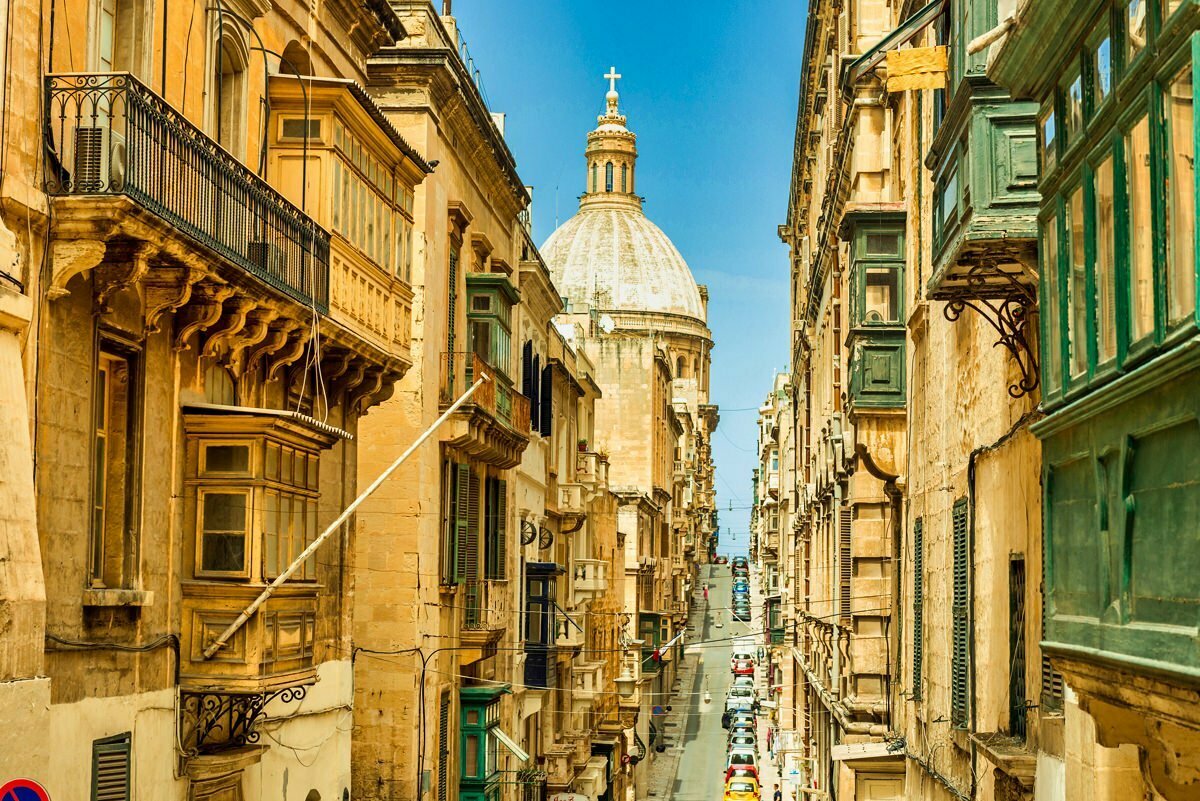
B. Public Transportation
Visitors who want to explore beyond Valletta can take the local buses or ferries. The Malta Public Transport website provides information on schedules and fares, and visitors can purchase tickets online or at the bus station. Buses run throughout the island and are an affordable way to get around, while ferries offer a scenic way to travel between Valletta and the Three Cities.
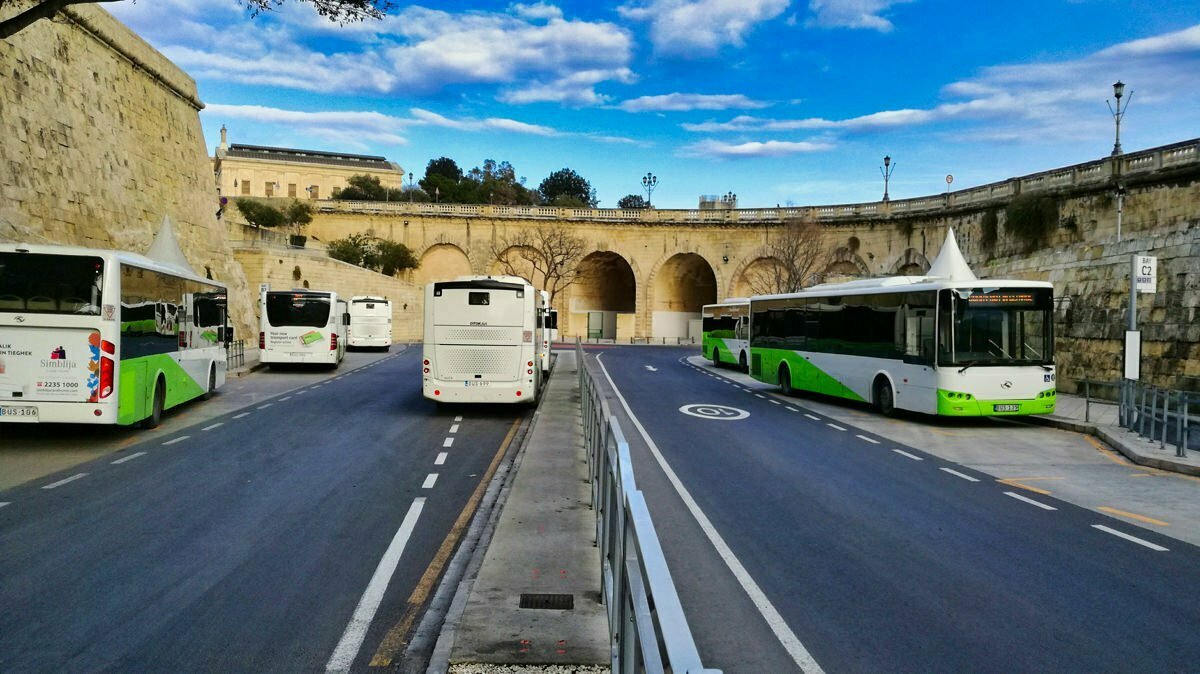
C. Taxis and Private Transfers
Taxis and private transfers are also available for visitors who prefer a more convenient way to get around. Taxis can be hailed on the street or booked in advance, while private transfers can be arranged through hotels or travel agencies. However, these options can be more expensive than public transportation.
IV. Where to Eat in Valletta, Malta
Valletta offers a wide range of dining options, from casual cafes and bistros to upscale restaurants and wine bars. Visitors can sample traditional Maltese cuisine, as well as international dishes and fusion cuisine. Here are some top picks for where to eat in Valletta:
A. Rampila
Rampila is a popular restaurant located in a 16th-century bastion in Valletta’s old city. The restaurant serves Mediterranean cuisine with a focus on fresh seafood and local ingredients. Diners can enjoy stunning views of the Grand Harbour from the restaurant’s terrace.
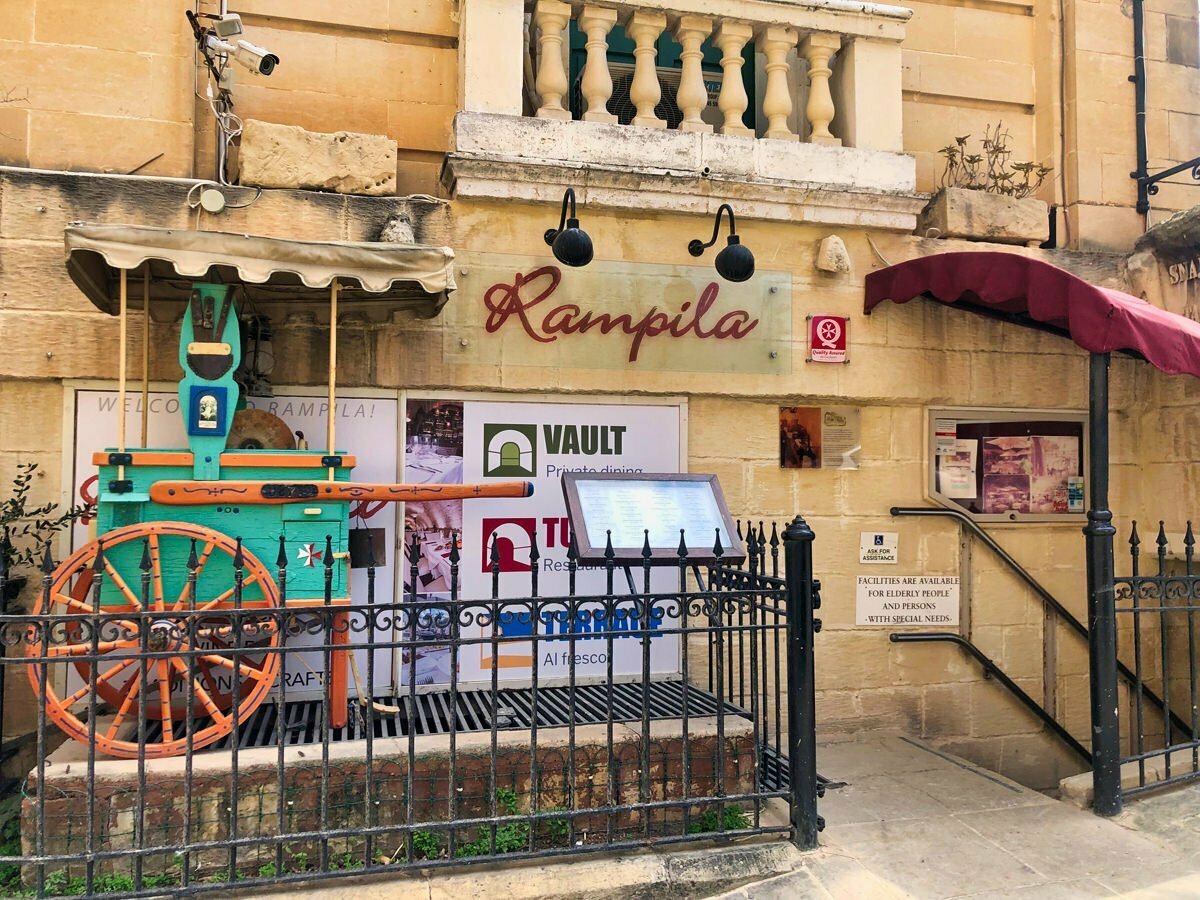
B. Nenu the Artisan Baker
Nenu the Artisan Baker is a must-visit for bread lovers and anyone interested in traditional Maltese cuisine. The bakery and cafe is located in a restored 18th-century bakery, and serves a variety of breads and pastries, including the famous Maltese ftira.
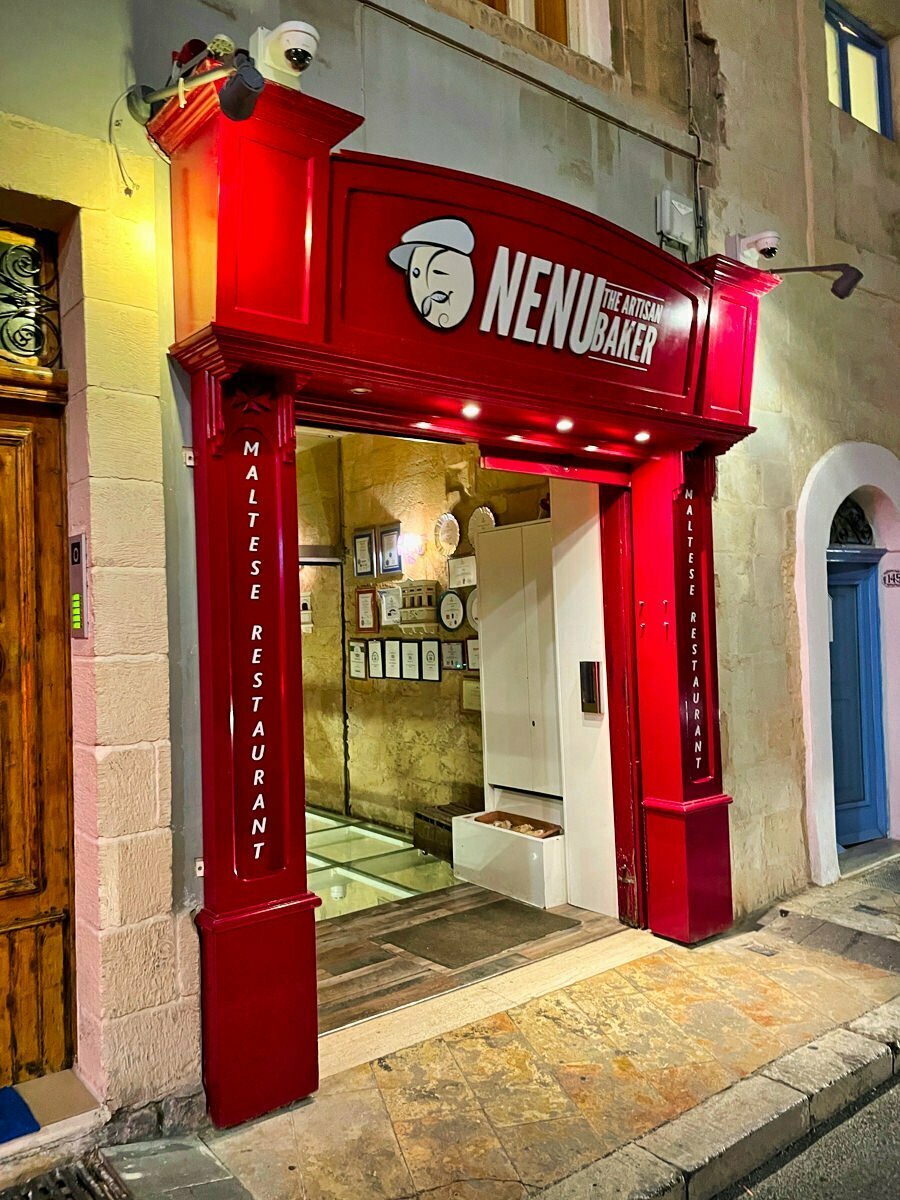

C. The Harbour Club
The Harbour Club is an upscale restaurant located in the historic Pinto Stores building in Valletta’s Grand Harbour. The restaurant serves contemporary Mediterranean cuisine with a focus on seafood, and offers stunning views of the harbor.
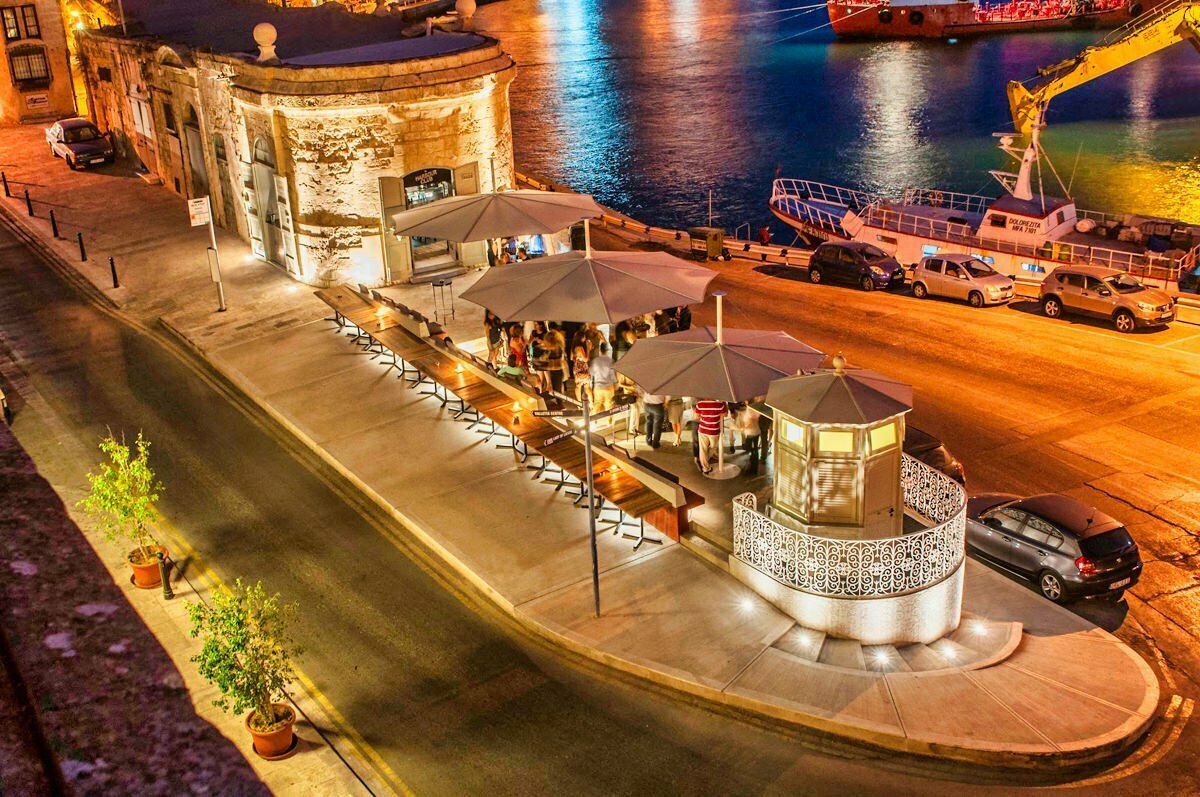
V. Where to Stay in Valletta, Malta
Valletta offers a range of accommodation options, from budget-friendly hostels and guesthouses to luxury hotels and boutique properties. Here are some top picks for where to stay in Valletta:
A. Ursulino Valletta
Ursulino Valletta is a boutique hotel located in the heart of Valletta’s old city. The hotel offers stylish rooms and suites, a rooftop terrace with panoramic views of the city, and a restaurant serving Mediterranean cuisine.
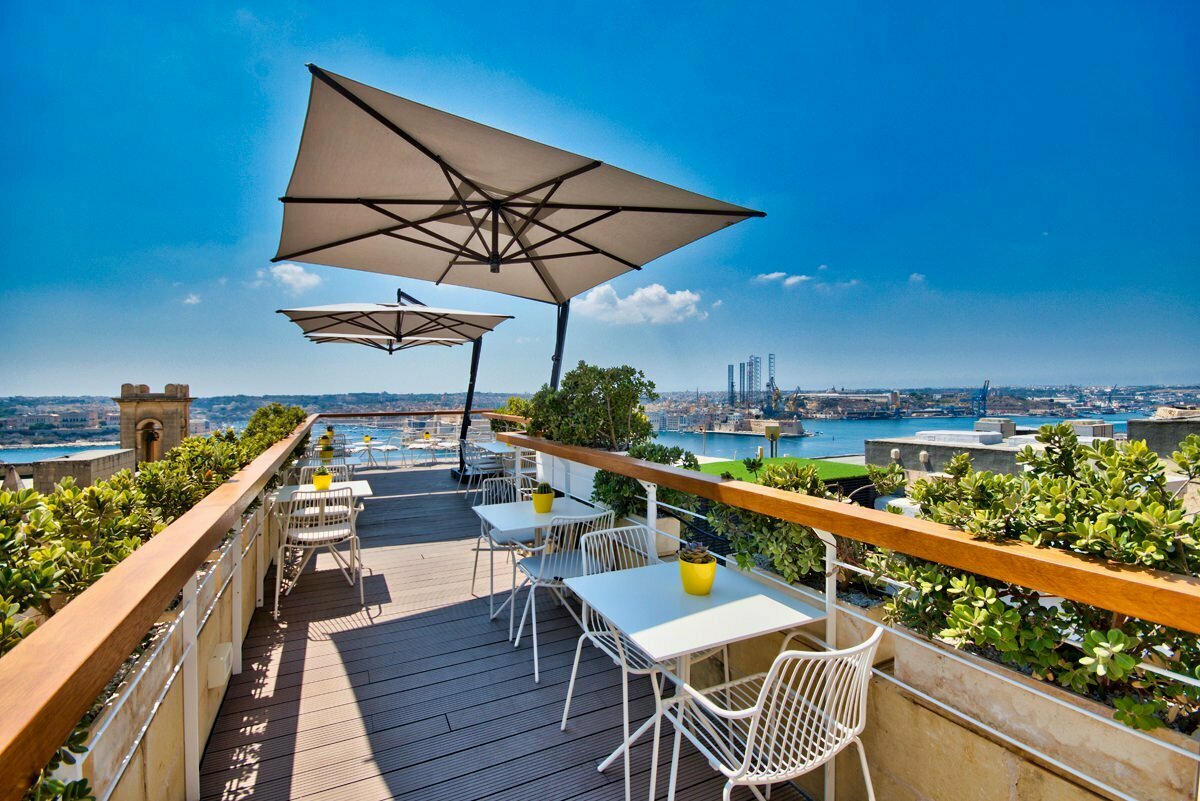
B. La Falconeria
La Falconeria is a luxury hotel located in a restored 17th-century building in Valletta’s city center. The hotel features elegant rooms and suites, a rooftop pool, and a restaurant serving Mediterranean and Maltese cuisine.

C. Valletta Vintage
Valletta Vintage is a budget-friendly guesthouse located in a traditional Maltese townhouse in Valletta’s old city. The guesthouse offers cozy rooms with traditional décor.
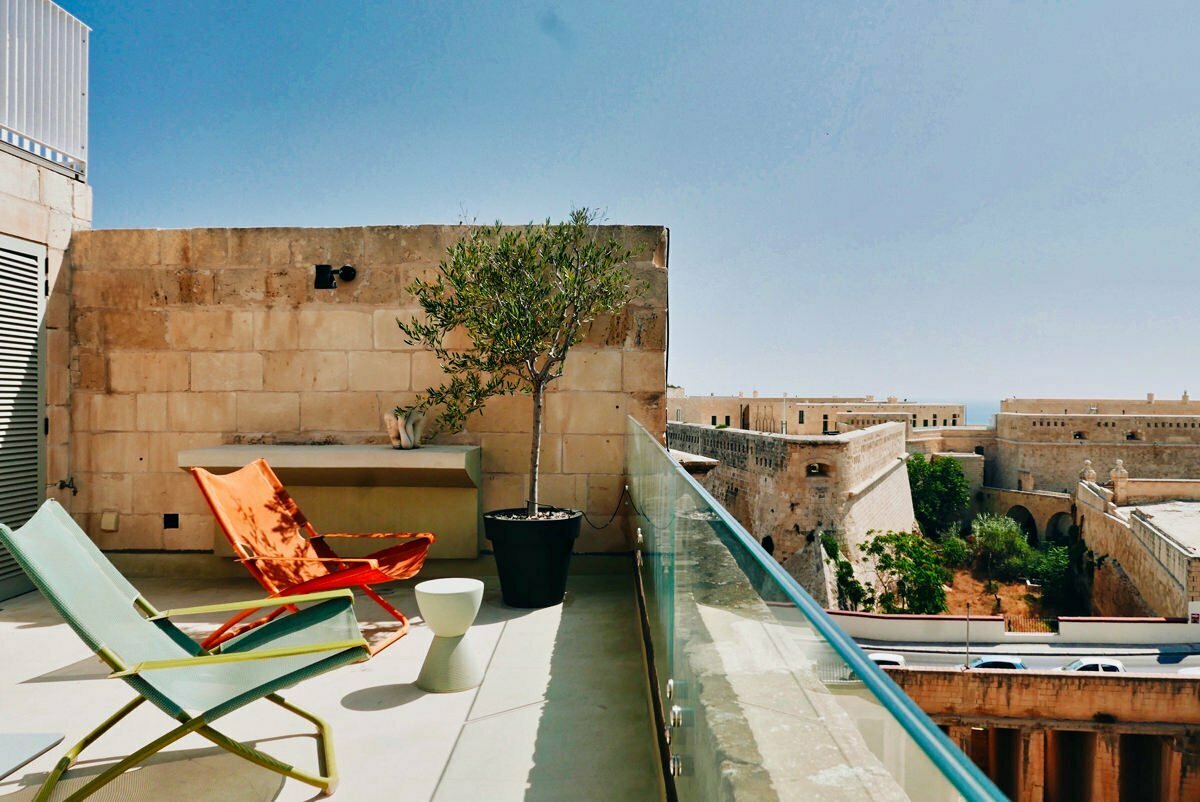
VI. Conclusion
Valletta, Malta is a city steeped in history and culture, with something to offer every type of traveler. From its stunning architecture to its delicious cuisine and scenic views, Valletta is a must-visit destination for anyone traveling to Malta. By following this guide, visitors can make the most of their time in Valletta and experience all that the city has to offer.
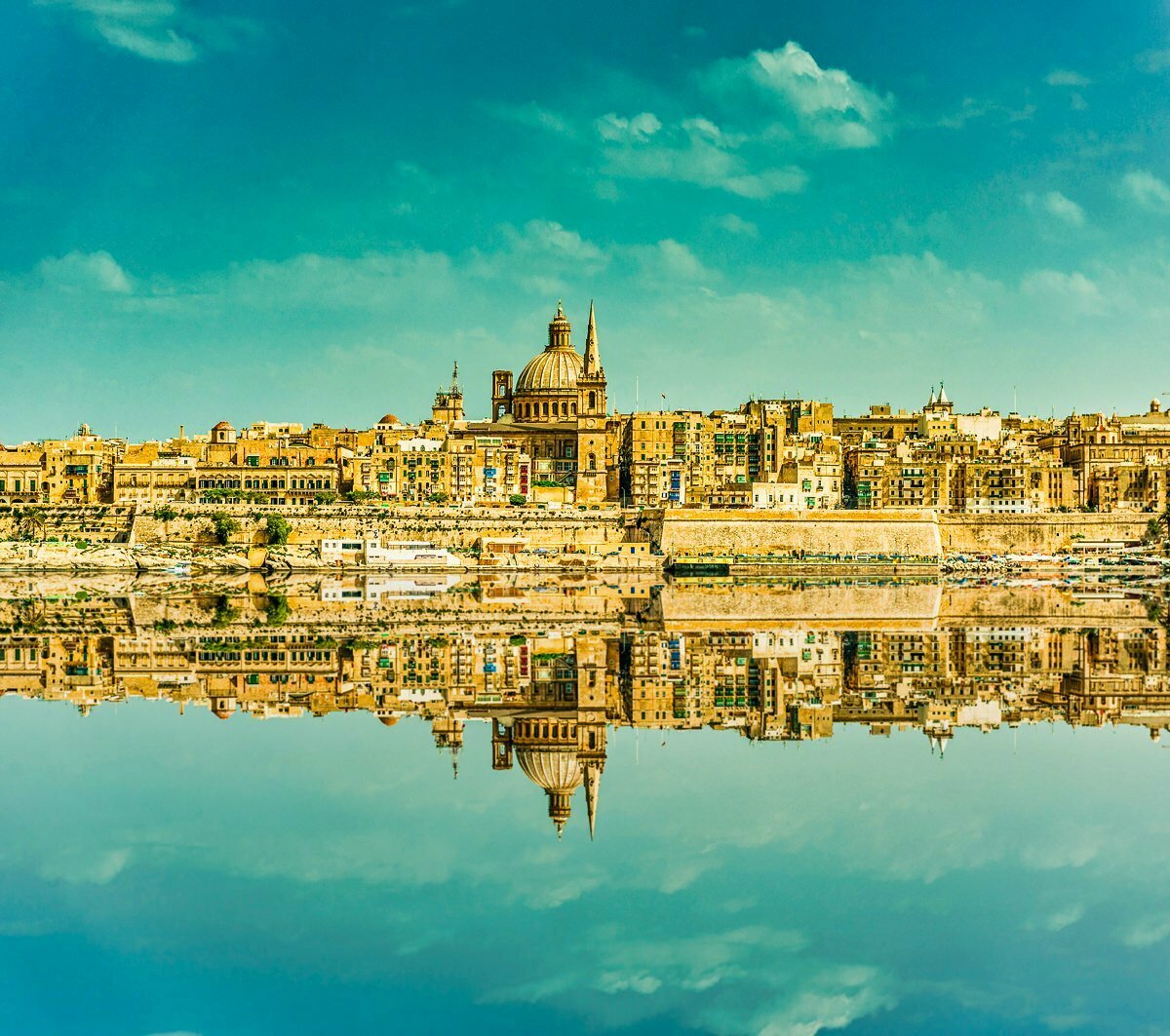
FAQ
Frequently Ask Questions
The best time to visit Valletta is from April to June or September to November when the weather is mild and crowds are smaller.
The official languages of Malta are Maltese and English. English is widely spoken in Valletta, and many locals are also fluent in Italian.
The currency used in Malta is the Euro (€).
If you are a citizen of the European Union, Switzerland, or the United States, you do not need a visa to enter Malta for stays up to 90 days. Visitors from other countries should check the visa requirements before traveling.
Some other popular places to visit in Malta include Mdina, the Blue Lagoon, and the Dingli Cliffs.
Yes, Valletta is a compact city that can easily be explored in a day trip from other parts of Malta.
Hotels
Book the Top-Rated Hotels
Activities
Find and Book Top Things to Do
Flights
Find the Cheapest Flights
Car Rentals
Find the Cheapest Car Rentals

